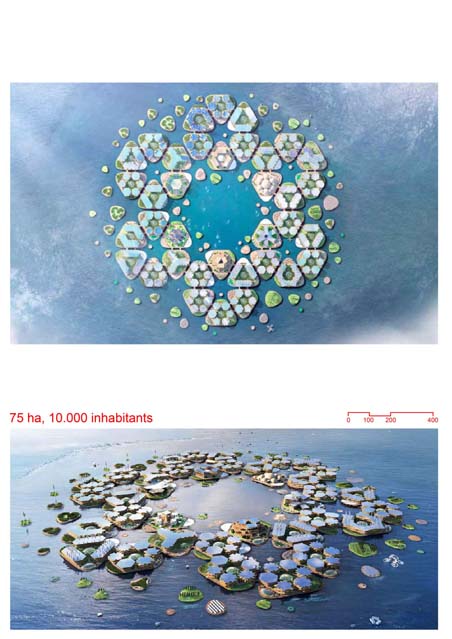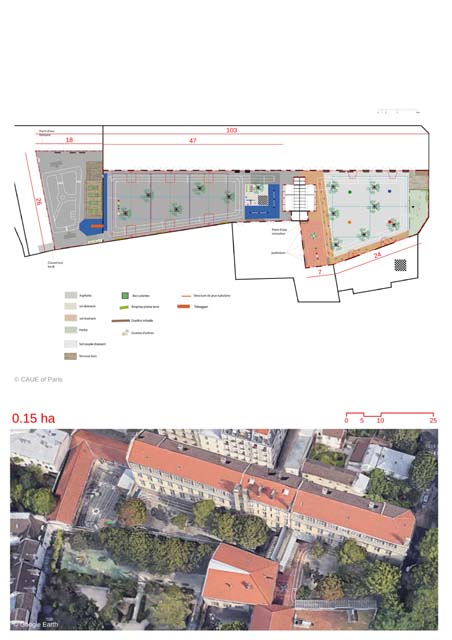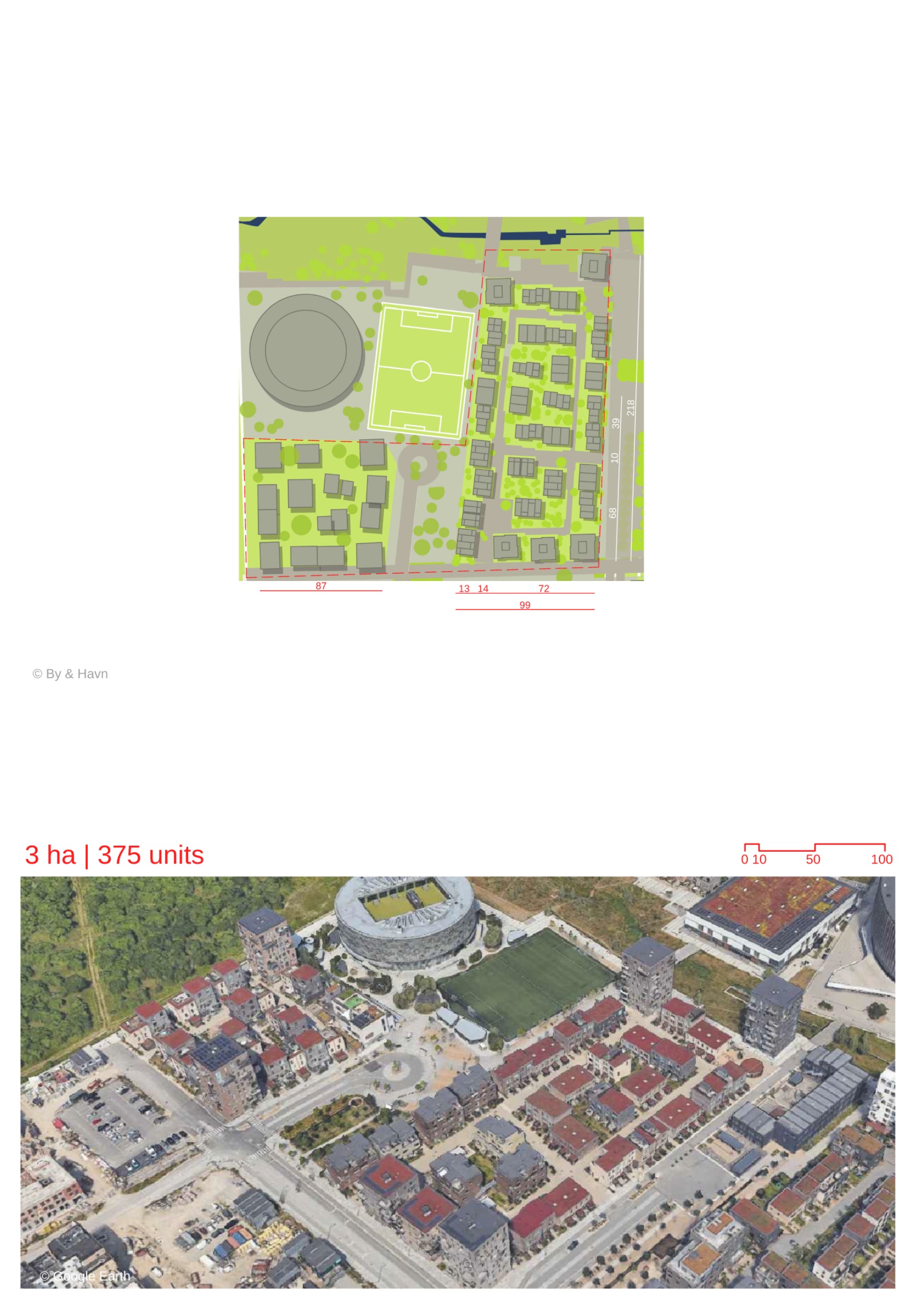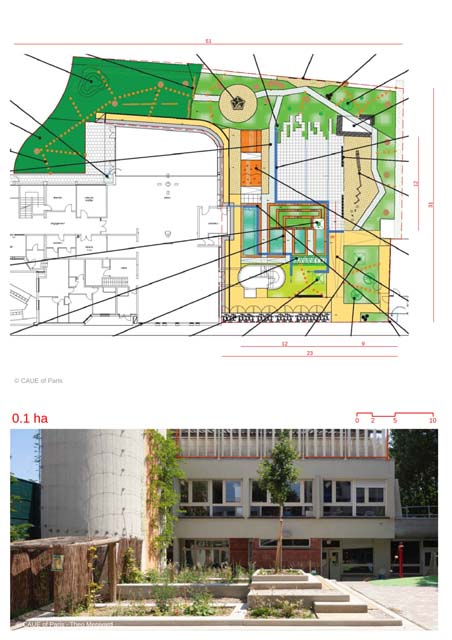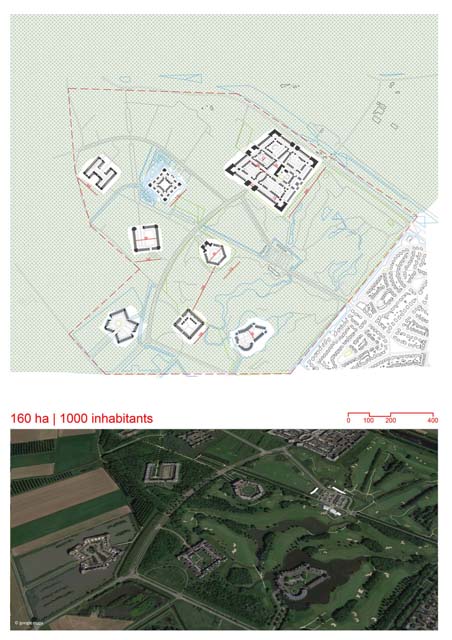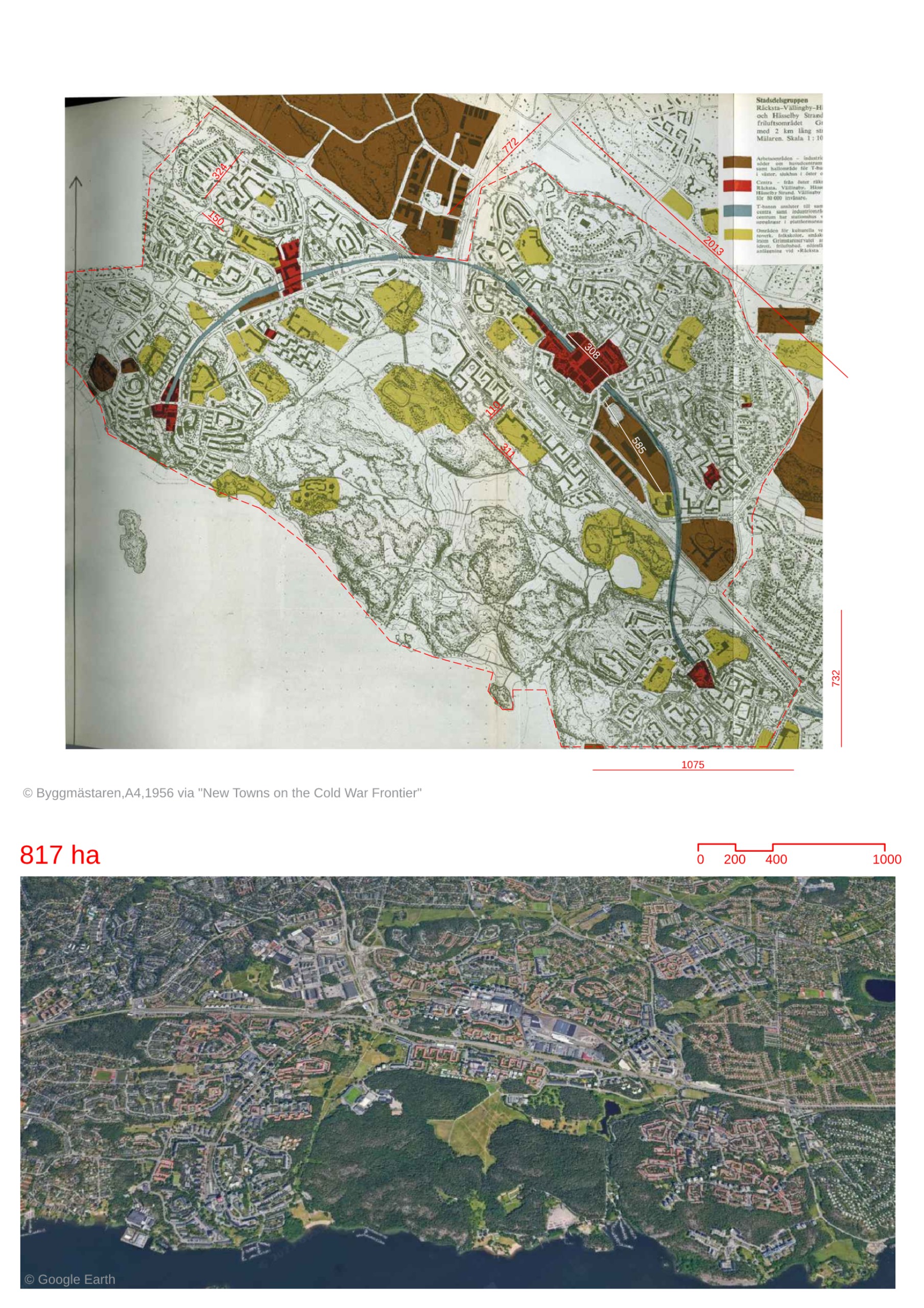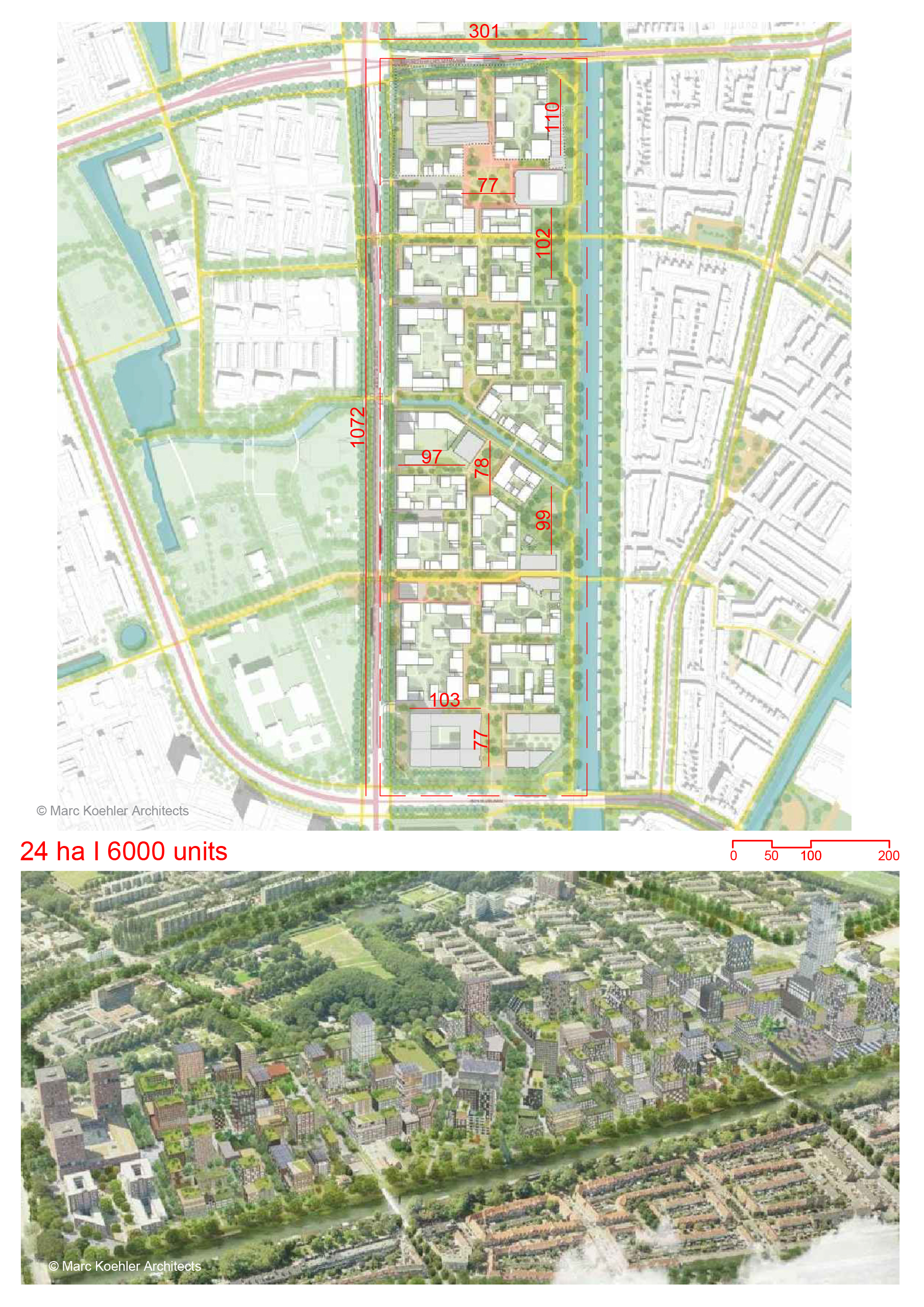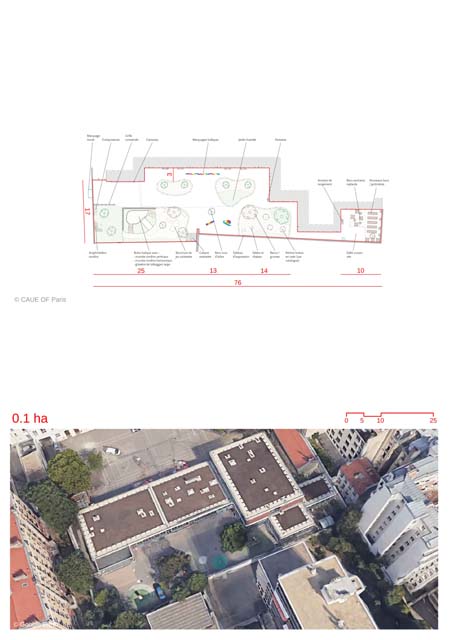Berlin 1936 Olympic Village
by
WERNER MARCH, GEORG STEINMETZ, WALTER MARCH AND HEINRICH WIEPKING-JüRGENSMANN
in
Berlin,
Germany
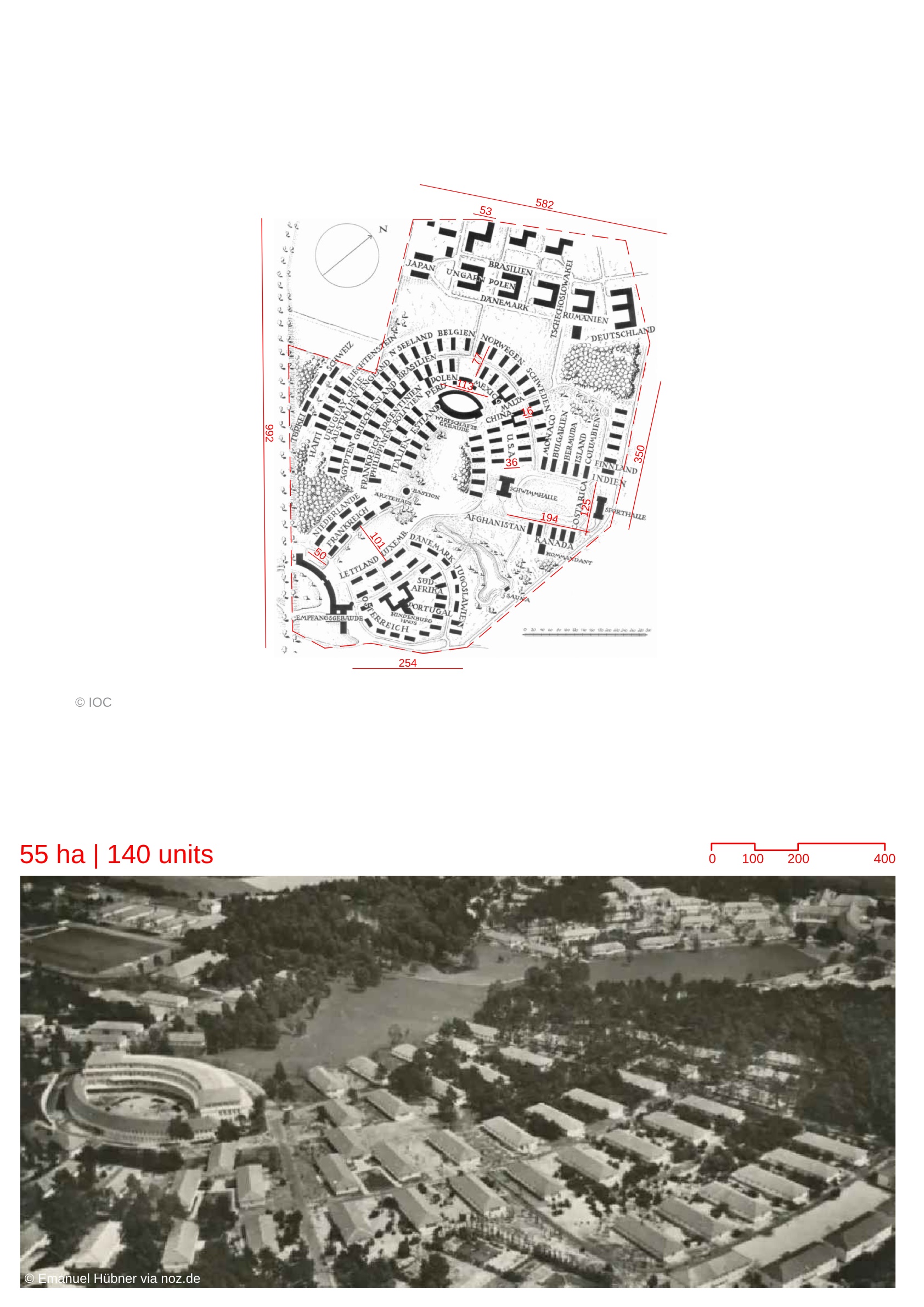
Details
Views:
518
Tags
Data Info
Author
WERNER MARCH, GEORG STEINMETZ, WALTER MARCH AND HEINRICH WIEPKING-JüRGENSMANN
City
Berlin
Country
Germany
Year
1936
Program
Olympic Village
Technical Info
Site area
550000 sqm
Gfa
0
sqm
Density
0 far
Population density
4600
inh/ha
Home Units:
140
Jobs
0
Streetsroad:
0
%
Buildup:
0
%
NonBuild-up:
0 %
Residential
0 %
Business
0
%
Commercial
0
%
Civic
0
%
Description
- The site was chosen for it extensive natural features such as wooded forests and meadows which could provide a serene environment for athletes. It was also situated close to the Olympic Park.
- The layout follows that of traditional German villages. Each dwelling was named after a German Town and was decorated with art showcasing the cultural history of the town.
- The dwellings are arranged as two arcs, following the natural contour of the site.
- The dining halls is located centrally amongst these 2 arcs, emphasized by its curved form and height. It formed an important area for interaction and gathering.
- It was a low-rise settlement where the dormitories were 1-2 story. They were constructed with reinforced concrete and tiled roofs. Each dwelling had 8-12 bedrooms.
- Communal buildings like the reception areas were made prominent by their location and form. They formed landmarks within the vast site. The reception building was designed as a gateway into the site. It was situated at the lowest elevation. The site gradually rises upwards towards the dormitories.
- Effort was made to preserve the natural landscape of the site. Dwellings were surrounded by groves of tree which provided climatic protection from winds and morning dew.
- Only 10% of the site was built upon. A new lake was created at the site of a former lake bed. The common rooms of the dwellings were located to take advantage of the views towards the surrounding landscape.
- Training facilities were also created. A sports field that was equal in size to the primary field situated in the Olympic Park was created for training purposes.
- After the Games, the Village was used by the Nazi military during the World War. After which it was taken over by the military of the Soviet Union.
- Currently it is abandoned and in a state of decay. Efforts are being made for its urban renewal by strategies like adaptive reuse of the prominent dining hall and addition of apartments.
Location
Sources
Explore more Masterplans
|
